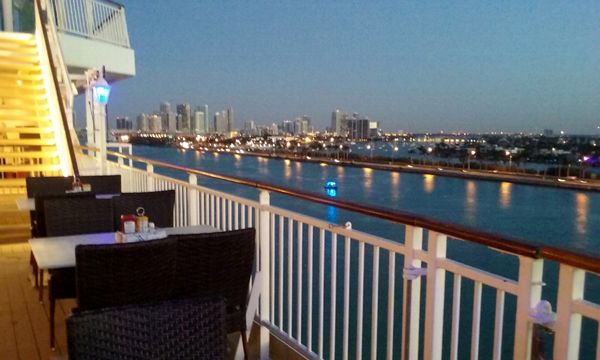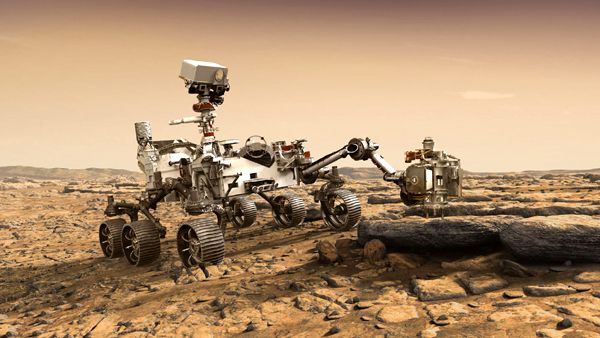
Just thought I'd end this month by posting these photos that I took during a cruise to Central America from March 12 to 23. My folks and I flew from Los Angeles to Miami, Florida on March 11...and boarded our ship, the Norwegian Jade, the following day. The first port of call we made was at the Panama Canal (shown above), which we traveled through (somewhat; the Jade passed through the Gatun Locks on the Atlantic side before turning around to dock at another port in Panama later that day) before taking a land tour to Panama City on March 15. The next day, we docked at Puerto Limón in Costa Rica. On March 18, we arrived at the Roatán island resort in Honduras. On March 19, the Jade visited Santo Tomás de Castilla in Guatemala. On March 20, the ship did a stopover at Harvest Caye (another island resort that is actually owned by the Norwegian Cruise Line , which we booked this trip with; hence, the Norwegian Jade) in Belize...and on the following day, the Jade arrived in Costa Maya, Mexico. It was here where my folks and I took another land tour—this time to the ancient Mayan ruins in Chacchoben, which is a 1.5 hour drive from Costa Maya.

All-in-all, this cruise was fun...overlooking the fact that I almost didn't go on it at the last minute. As of this Blog entry, I'm dealing with kidney stones on both sides that forced me to order two packages of 24 water bottles each (my dad ordered another pack of 24 bottles...giving me a total of 72 to hydrate from during the cruise) aboard the Norwegian Jade the day before we arrived in Miami so an unfortunate situation wouldn't occur during this trip. (It's crappy enough that the Jade had to turn around and return to Costa Maya a few hours after departing from that port on March 21 because another passenger suffered a heart attack aboard the ship! I hope they're okay.) It was nerve-wracking that I was sailing in the Caribbean Sea with the knowledge that I had around 3-4 stones in my right kidney (according to my urologist) during this 11-day voyage. But enough of the negative aspects of this journey; I know that this trip was very memorable in the exciting sense if I don't factor health issues in it! And I'm glad that I was able to fulfill my own personal pledge to go on another Caribbean cruise almost 10 years after a previous trip...when I sailed to the Bahamas from Fort Lauderdale, Florida, aboard the Regal Empress. That is all.
And have a Happy Easter!
LINK: Additional photos I took on my cruise to Central America





























